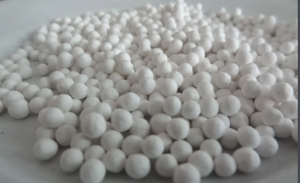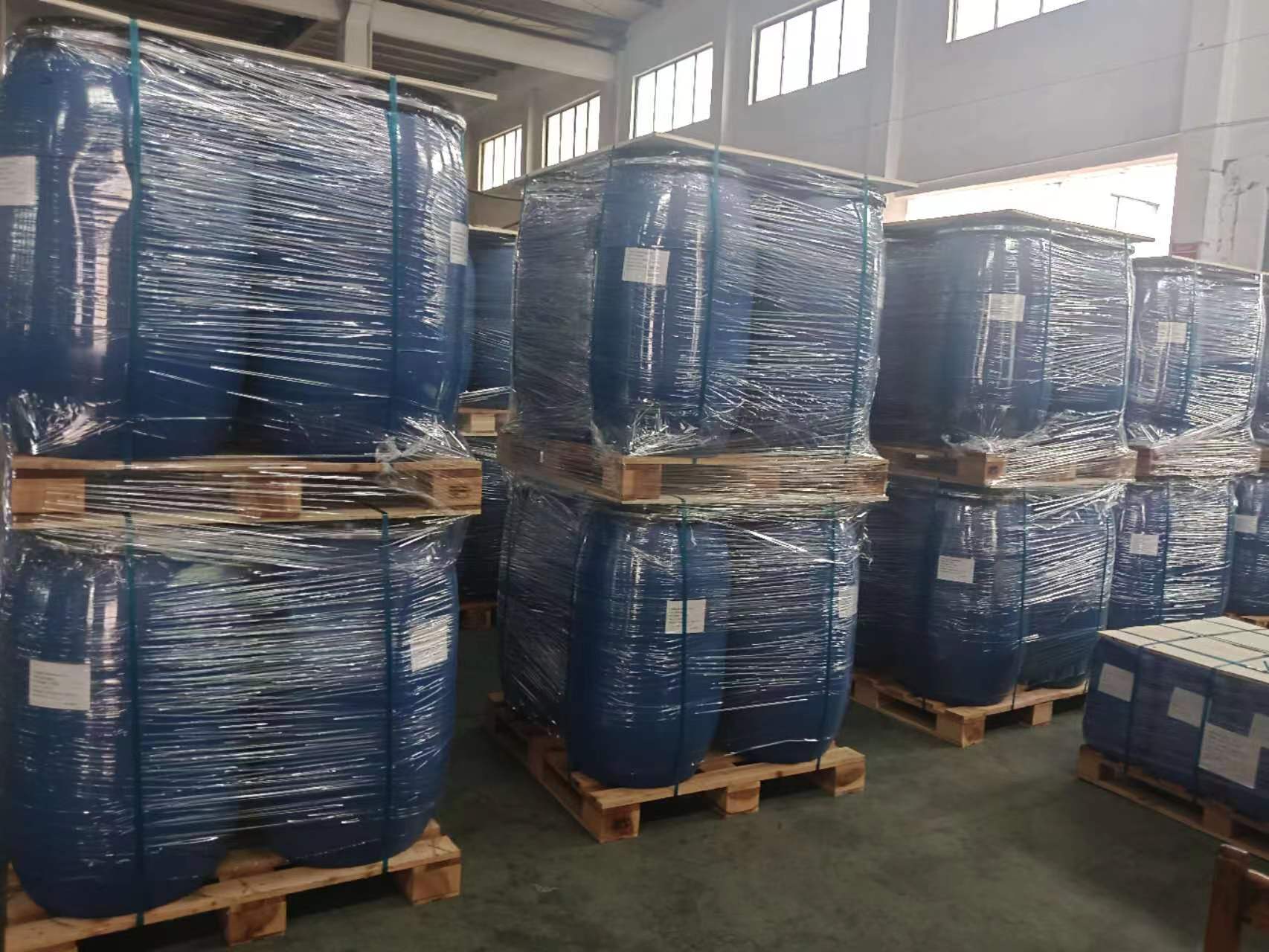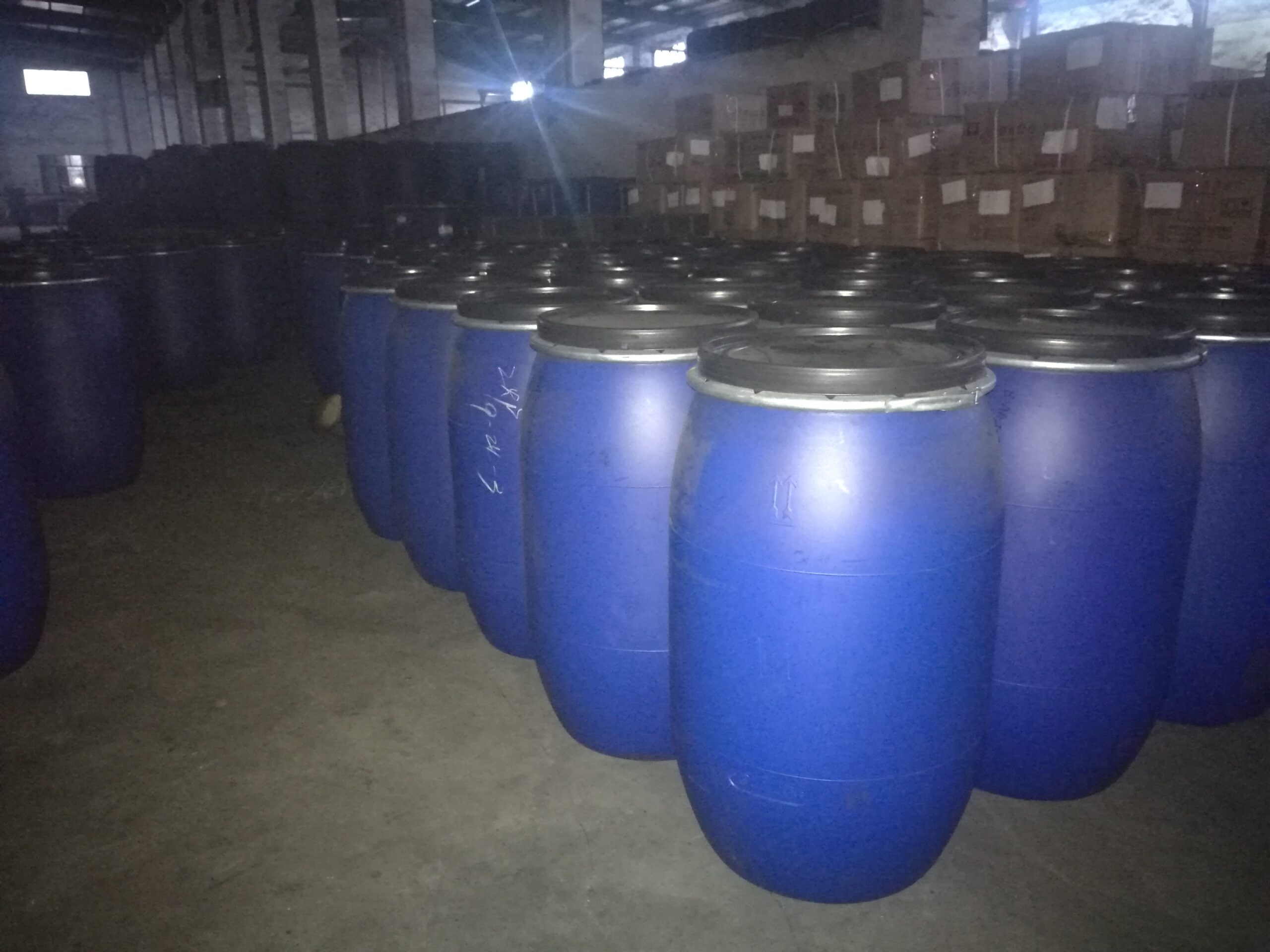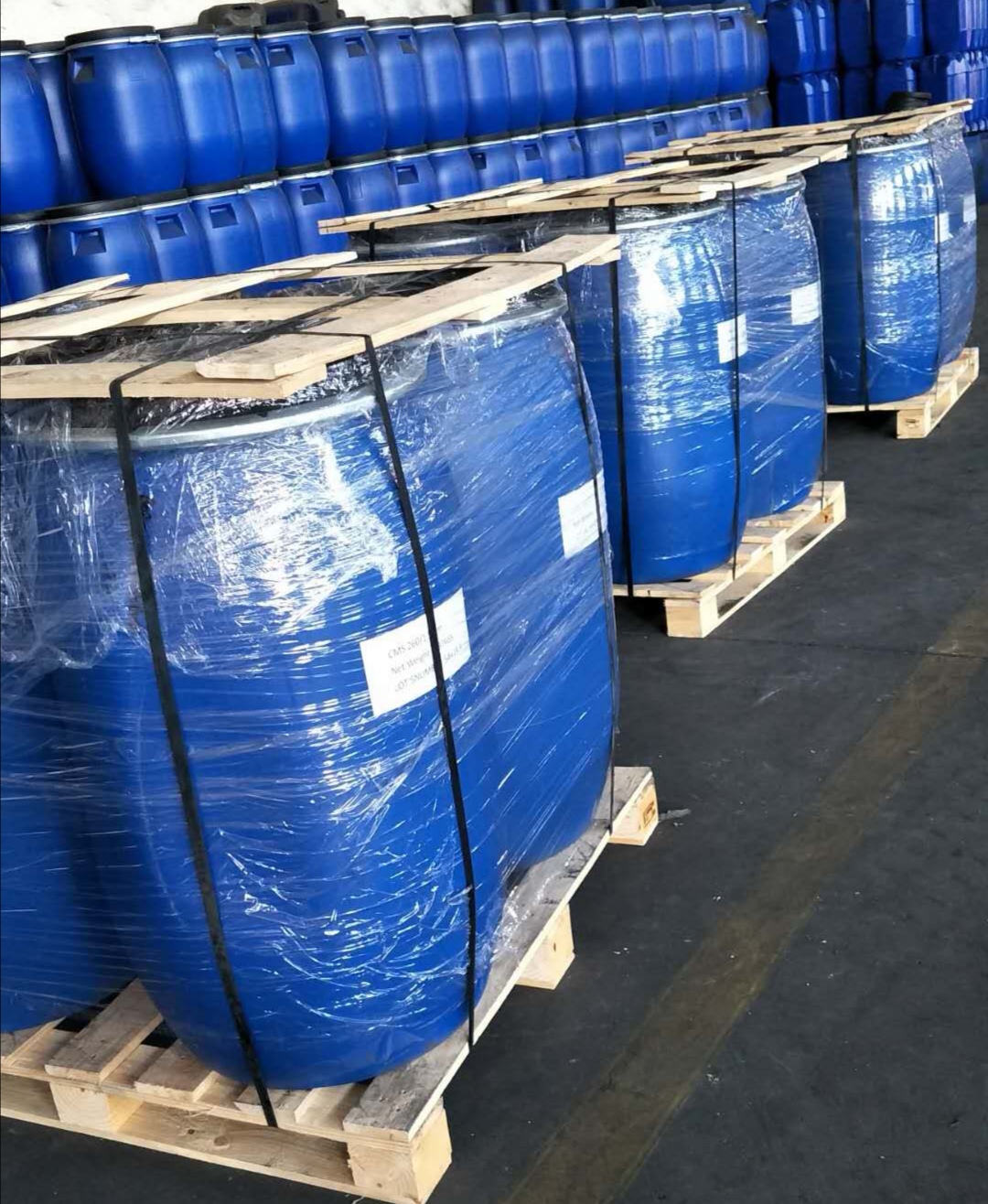Optimization Strategies for the Safety Performance of Industrial Oxygen Production Equipment
1. Equipment Design Optimization
During the design stage of oxygen production equipment, safety should be the primary consideration. When designing, it is necessary to fully consider the working environment, operating conditions, and possible failure scenarios of the equipment. For example, dual safety protection measures should be adopted to ensure that alarms and shutdowns can be triggered in case of equipment failure. The design should comply with relevant national and industry standards to ensure the safety of the equipment during operation.
2. Material Selection
The materials used in oxygen production equipment directly affect its safety performance. Choosing corrosion-resistant and high-temperature-resistant materials can not only extend the equipment’s lifespan but also reduce safety risks. For example, for the special properties of oxygen, suitable alloy materials should be selected to prevent oxidation reactions under high-temperature and high-pressure conditions, which could cause equipment damage or accidents.

3. Regular Maintenance and Inspection
Regular maintenance and inspection are key measures to ensure the safe operation of the equipment. Enterprises should establish a complete equipment maintenance system and conduct regular inspections of oxygen production equipment, including key components such as pipelines, valves, and pressure gauges, to ensure their normal operation. Based on the usage frequency and environmental conditions of the equipment, formulate corresponding inspection cycles to promptly detect and address potential safety hazards.
4. Operator Training
Operators are the direct responsible persons for the safe operation of oxygen production equipment. Regular training is crucial. Enterprises should provide systematic safety training to operators, including the correct operation procedures of the equipment, emergency response measures, and fire prevention knowledge, to ensure that each employee can proficiently master the safety operation procedures of the equipment and reduce safety hazards caused by human factors.
5. Safety Monitoring System
Introducing advanced safety monitoring systems can monitor the operation status and environmental conditions of oxygen production equipment in real time. Once abnormal situations are detected, the system can promptly issue alerts, reminding operators to handle the situation. Real-time data collection and analysis also help enterprises assess the equipment’s operation and formulate more scientific maintenance plans, improving overall safety performance.
6. Emergency Plan Development
Any equipment operating process may encounter unexpected situations. Enterprises should develop detailed emergency plans in advance. The emergency plans should include response measures after the accident, evacuation plans, and equipment shutdown procedures, ensuring that in the event of an emergency, they can be handled quickly and effectively, reducing losses and injuries.

7. Safety Signage and Warning
Setting clear safety signs and warning marks around oxygen production equipment and its surrounding environment can effectively remind operators to pay attention to safety. At key parts of the equipment and areas prone to danger, obvious warning signs should be set to remind operators to follow safety operation procedures. Through a graphic and textual approach, the identification of safety signs can be enhanced, and employees’ safety awareness can be improved.
8. Risk Assessment and Management
Regular risk assessment is an important part of optimizing safety performance. Enterprises should conduct comprehensive risk assessments of the potential risks of oxygen production equipment, analyze various possible safety accidents and their impacts, and then formulate corresponding management measures. Establish a risk management file to record the results of risk assessment and handling measures, which helps enterprises summarize experiences and continuously improve safety management work.
9. Technology Upgrade and Innovation
With the development of technology, the technology of oxygen production equipment is also constantly updated. Enterprises should pay attention to new technologies and equipment in the industry, and carry out technological upgrades and innovations in a timely manner. For example, introducing intelligent control systems can improve the equipment’s operation efficiency and safety, and reduce risks caused by human operational errors. Adopting new safety protection devices can also effectively enhance the overall safety of the equipment.
10. Cooperation and Exchange with Peers Engaging in exchanges and cooperation with enterprises in the same industry enables the acquisition of safety management experience from others, as well as the adoption of advanced safety technologies and management concepts. Regular participation in industry conferences and technical exchange events helps enterprises stay updated on the latest industry trends and safety management methods, thereby enhancing their own safety performance.
Through the above optimization strategies, the safety performance of industrial oxygen production equipment will be effectively improved. This not only ensures the safety and health of employees, but also boosts production efficiency and economic benefits of the enterprise. In daily operations, enterprises should prioritize safety management and continuously monitor and optimize the safety performance of oxygen production equipment.



